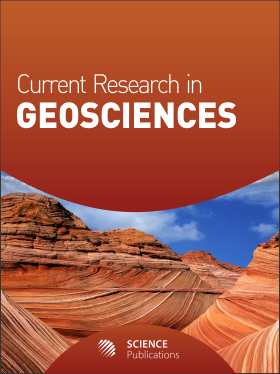Speciation and Availability of Cr, Ni and Co IN Serpentine Soils of Ranau, Sabah
- 1 University Kebangsaan Malaysia, Malaysia
- 2 University Science Malaysia, Malaysia
Abstract
Problem statement: Serpentine soils are known as a geogenic source of heavy metal pollution because they are anomalously rich in chromium, nickel and cobalt. Approach: However, only that portion of these metals which is available in the ecosystem and incorporates in the bio-transformation processes, is dangerous for the environment. Availability of Cr, Ni and Co depends on their speciation into the different fractions of a soil and corresponds with their chemical binding forms. Soil is a combination of several reactive fractions which have the ability to interact physically and chemically with heavy metals and changes their existence form in the soil. Results: Thus, understanding the geochemical form and distribution of metals in different fractions of soil is fundamental for predicting the availability and potential toxicity of them under natural condition. Conclusion: This study set out with the aim of fractionation of Cr, Ni and Co in serpentine soils of Ranau in Sabah state of Malaysia. Selective Sequential Extraction analysis (SSE) was combined with X-ray diffraction of soil powders to find the mineralogical source and mobility of Cr, Ni and Co in serpentine soils.
DOI: https://doi.org/10.3844/ajgsp.2011.4.9

- 6,393 Views
- 7,652 Downloads
- 17 Citations
Download
Keywords
- Serpentine soil
- Cr, Ni and Co
- speciation
- availability
- ranau
